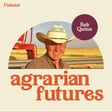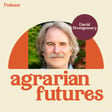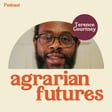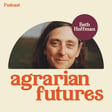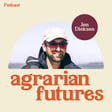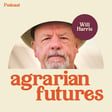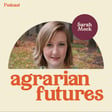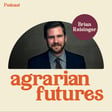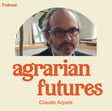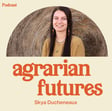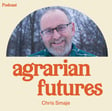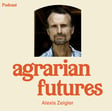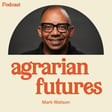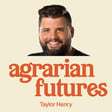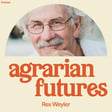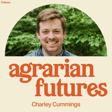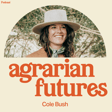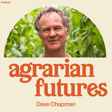
Breaking the Beef Monopoly with Cole Mannix of Old Salt Co-Op
What do we lose when our food comes from nowhere in particular?
For Cole Mannix, that question is at the heart of his work. He’s part of Old Salt Co-op, a group of ranchers outside Helena, Montana working to unseat Big Beef—not with billion-dollar backing or slick marketing, but with community, collaboration, and a commitment to place.
In today’s episode, we talk about what it means to break out of the commodity system, the power of cooperation in an industry dominated by consolidation, and how reconnecting food production to place might just be the key to restoring rural and small town life.
This is a story about beef—but really, it’s about belonging.
In this episode, we dive into:
- How Old Salt Co-op is using a cooperative model to rebuild local meat economies.
- Why the beef you buy at the store often has no traceable connection to where—or how—it was raised.
- What we lose when we prioritize cheap, consistent food over community and ecology.
- The hidden costs of a commodity system that favors efficiency over stewardship.
- What it takes to rebuild local processing, distribution, and marketing from the ground up.
- The creative mix of restaurants, festivals, and direct-to-consumer sales that make Old Salt’s model work.
- Why betting on local food systems might be the least risky path forward.
More about Cole and Old Salt Co-Op:
Cole is part of an extended family that has ranched together since 1882 near Helmville, MT. He did an undergrad in biology, then another in philosophy at Carroll College, then a masters in theology at Boston College. From ‘12-’16 he worked for a valiant startup called Salt of the Earth Ranchers Cooperative. From ’17-’20 he worked for Western Landowners Alliance to advance policies and practices that sustain working lands, connected landscapes, and native species. As a co-founder of Old Salt Co-op, he is helping to build a regenerative economy for damn fine Montana meat. He was part of Helena’s 20 under 40 class of ''22 and in '23 was named Montana Ambassadors Entrepreneur of the Year. He and spouse Eileen Brennan live in Helena with two sons, Finn and Charlie.
Agrarian Futures is produced by Alexandre Miller, who also wrote our theme song. This episode was edited by Drew O’Doherty.
